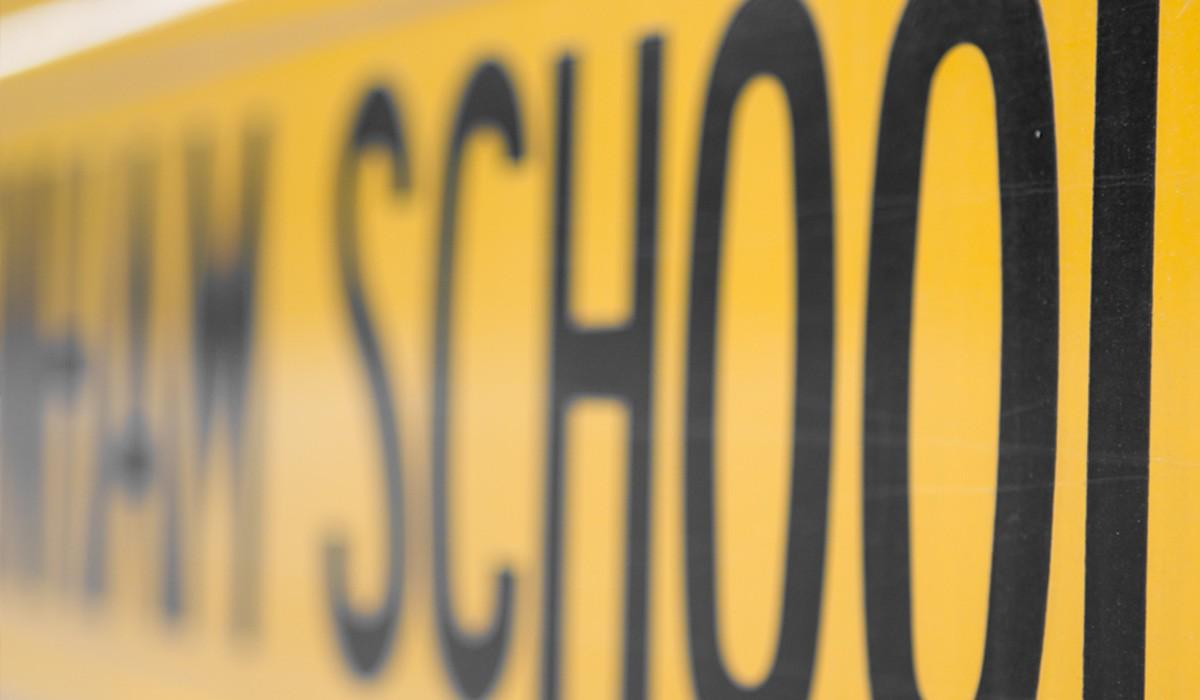

The Superintendent Scoop #16
March 16th, 2025
A weekly summary of the great work happening at TSD#9!
As Luck Would Have It ...
Dear School Community,
St. Patrick’s Day is this coming Monday, and many people associate this holiday with luck. Throughout my life, I’ve had moments where I felt lucky—whether it was being in the right place at the right time, encountering an unexpected blessing, or perhaps just experiencing a fortunate coincidence.
The concept of luck has always been something I’ve embraced with a healthy dose of skepticism, especially as an athlete. I’ve never been superstitious, nor did I believe that good or bad luck was the sole reason for everything in life. The Roman philosopher Seneca was close to the truth when he said, "Luck is what happens when preparation meets opportunity."
As we prepare for OSAS testing, I know our staff has dedicated countless hours to working with our students and collaborating in your PLCs to provide focused instruction. You’ve prepared our students for the upcoming assessments and the challenges they will face in life. I have deeply appreciated your hard work and commitment to their success. Because of our collective efforts and shared commitment to excellence, I am confident our "luck" will never dry.
For kids,
Matt Ellis
Creating Collaborative Cultures 🌎
The Three Big Ideas
Professional Learning Communities (PLCs) are focused on improving student outcomes through ongoing learning, collaboration, and a results-oriented approach. Educators in PLCs work together to support student success, providing additional resources and professional development to enhance their teaching effectiveness. The central work of a PLC is organized around three big ideas.
Focus on Learning
Our shared vision centers on ensuring high levels of learning for all, including both students and staff. To achieve this, we embed professional learning throughout the year, aligned with schoolwide goals, and use the four critical questions to guide our efforts. By learning together, we build trust, challenge each other's thinking, and inspire growth, benefiting both staff and students.
Collaborative Culture
By working as a cohesive team, we gain a deeper understanding of what it takes to collaborate effectively, including handling conflict and fostering trust. Teams that build trust and learn together are more willing to question their practices and try new strategies to improve student learning. Our impact as professionals is magnified when we make the conscious choice to work together. Together we can!
Results Oriented
PLTs use various forms of data, including common formative assessments and OSAS results, to inform our practices and improve instructional strategies. The process of regularly gathering feedback to assess our effectiveness is part of the continuous improvement process. A results-oriented mindset involves thoughtful reflection through the regular examination of data. The true power of a professional learning community resides in our ability to be vulnerable with our colleagues and in allowing them to help us reach our true potential.
Teachable Moments 🔑
As we approach spring break and the end of the year, it's natural for behavioral expectations to soften and for our focus on teaching to wane. As we enter the final stretch of the school year, it’s important to remember that it’s perfectly okay to reteach these foundational expectations.
Although I taught at the secondary level, the strategies I relied on were simple yet effective:
- State your expectations clearly and rehearse routines and procedures until they become patterns of behavior.
- Prepare the room for instruction—proper preparation prevents poor performance.
- You start the class, not the bell. You end the class, not the bell. Use entry tasks and exit tickets as strong formative assessment tools.
- Seating assignments and positioning create observational and management efficiencies.
- Proximity, circulation, and eye contact can prevent problems before they arise. Often, issues are proportional to a teacher’s distance from students.
- Model the behavior you want to see—tone, volume, respect, and gratitude (e.g., “Yes, please” and “No, thank you”).
- Classroom rules should be few but clear. Enforcement should be progressive and, whenever possible, involve the student’s parents or athletic coaches.
- Reinforce and praise publicly, but address mistakes privately.
While these strategies are tailored to secondary classrooms, we are seeing outstanding work in our elementary classrooms as well, particularly through the Conscious Discipline approach. The brain-based techniques and the seven key skills—Composure, Encouragement, Assertiveness, Choices, Empathy, Positive Intent, and Consequences—create an environment where students feel safe, cared for, and supported in their learning journey.








